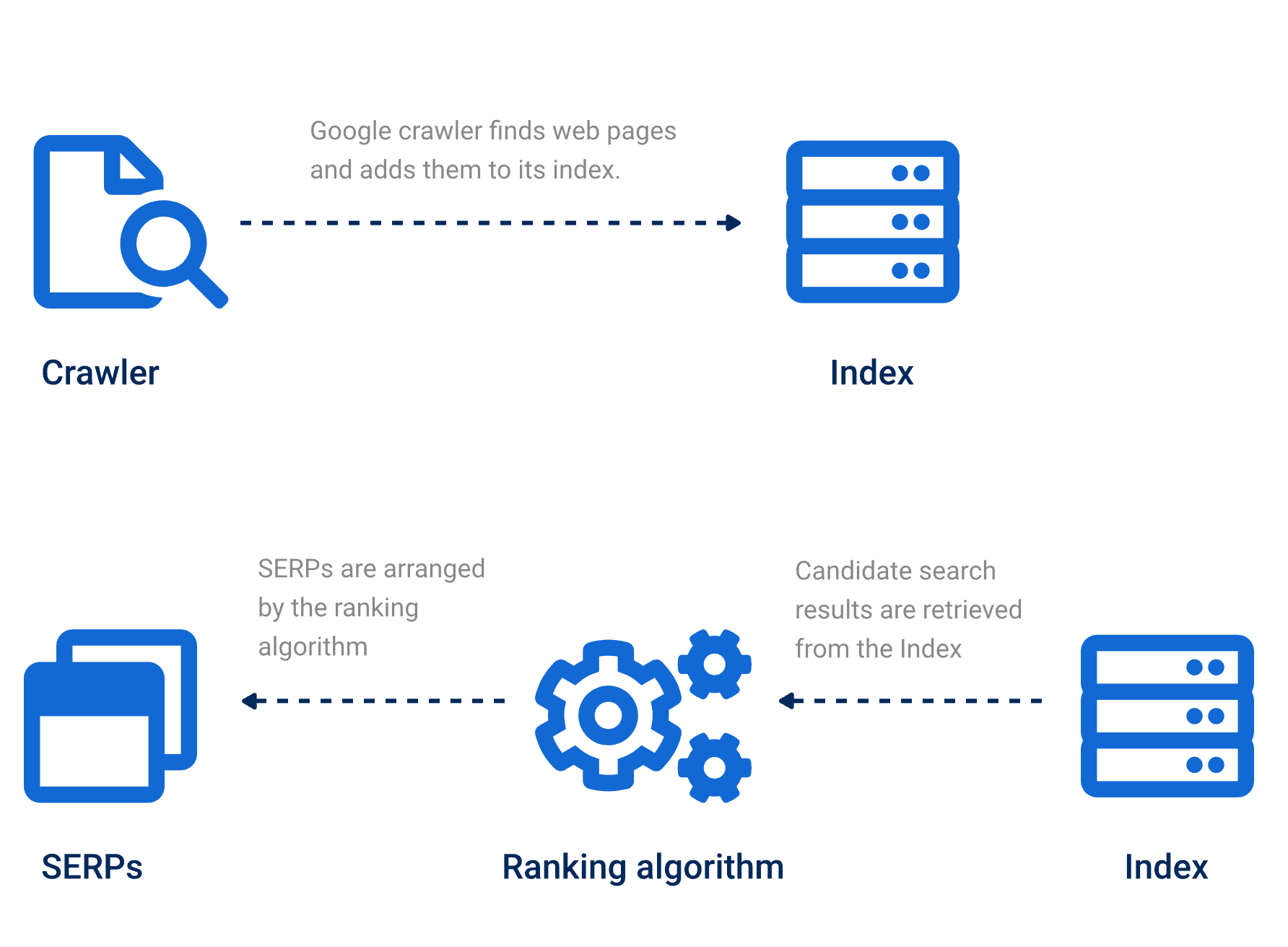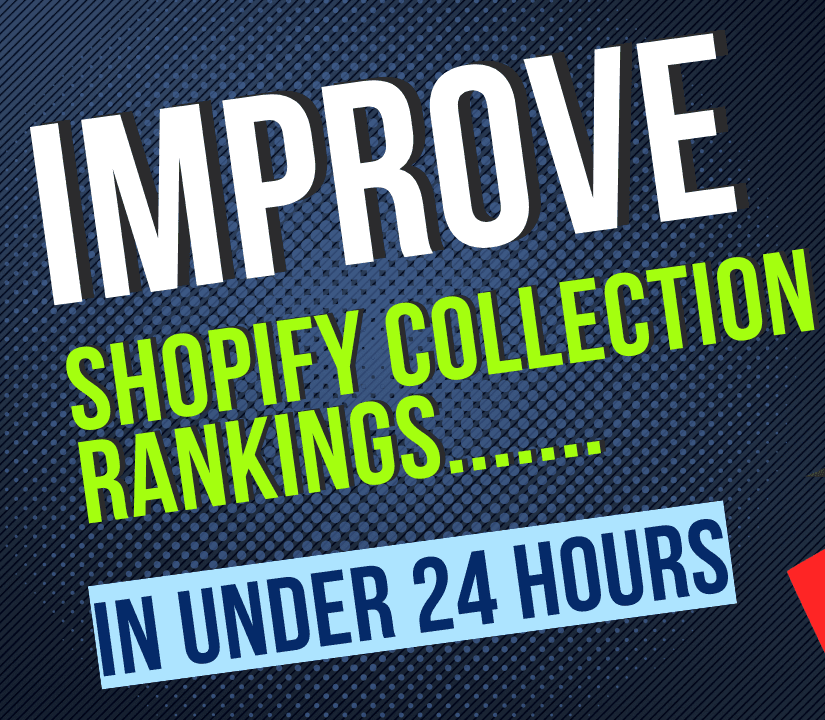Shopify Silos – The Best Way To Create Them & Why They Work For Improved Rankings & Traffic

Website silo architecture is nothing new. In fact it’s been a core principle of building websites since Tim Berners-Lee revolutionized the world as we know it today.
In the bubbled world of SEO, it was however Bruce Clay who really brought website silo architecture to the forefront of web design and SEO. Not only does it make sense from a categorization point of view but it’s been proven over and over again that Google and the other search engines understand and in many case prefer it.
As Bruce Clay put it:
The term siloing originated as a way to identify the concept of grouping related information into distinct sections within a website.
Essentially, you’re dividing your website into main or core topics, and then creating supporting content for those core topics.
Website Silo Architecture Diagram
Below you can see a diagram of a typical website silo:

Image source: https://ahrefs.com/blog/seo-silo-structure/
Now if we consider a silo structure for an ecommerce store, it could look something like this:

Image source: https://www.ilovefashionretail.com/conversion-rate-optimization/structure-your-ecommerce-store-and-get-it-right/
Then we take it a step further to display how silo architecture can work with a Shopify store.
Shopify Silo Architecture Diagram

You’ll notice that our sub categories or sub collections are created using tags. Creating tags to create sub categories is simple in Shopify. However, editing and creating unique tag pages that are optimized for SEO is not.
More on that later. For now though, let’s look at how ecommerce silo architecture can benefit SEO and user experience.
How Shopify Silos Can Benefit Search Engine Optimization
Creating silo architecture takes some work and thought, so it’s important that there is actually some benefit in building a site in this way. Topical relevance is an important part of any website.
Silo Architecture Improves Topical Relevance
Topical relevance refers to the relevance that a site has to a particular keyword, and hence the authority a site has over a specific topic or subject. Note “site”, as opposed to page. By creating silos, you are providing search engines and efficient way to identify topical relevance on your site.
By linking pages together that have specific relevance, for example sub categories in an ecommerce site grouped together within one main category, it provides strong relevance for the keywords associated with the main category.
Silos Improve Link Equity Flow
When an internal or external link is targeted at a particular page, assuming it’s relevant and of reasonable quality, the link power can help improve that page in the search engines for relevant keywords. When you have an appropriate silo structure in place, the link equity is spread more efficiently to other relevant pages. It can result in the pages within the silo to also improve, even though the link is not directly targeted at those pages.
Importantly, silos also help ranking and gain traffic for longer tail keywords.
Building Silos In Shopify
The first thing you need to do when developing Shopify silos is keyword research. You need to identify how to group topics and keywords together.
Keyword Research For Shopify Silos
Let’s look at the example for the core broad topic “mirrors”, an assume you sell all types and styles of mirror. Also let’s assume you sell wall mirrors, full length mirrors, bathroom mirrors, among others. We’ll use the example bathroom mirrors. A quick search with ahrefs.com shows that “bathroom mirrors” in Australia generates around 7.8k searches per month.

Then if we look deeper, we can see that there is further specific searches for:
- round bathroom mirrors
- wall bathroom mirrors
- oval bathroom mirrors
- led bathroom mirrors
- framed bathroom mirrors
There are many more, but we’ll use these as an example.

This is a great example where the longer tail keywords have good volumes of search, with relatively low competition
At this point, there are two main ways to build out the silo with Shopify.
Method 1:
The first is to use the default /collections/ which create a flat URL structure, and then internal link via breadcrumbs and internal linking to group the silo together.

While this will achieve a pseudo silo when appropriately linked together, the flat structure technically doesn’t meet the correct structure.
Method 2

With this method, we achieve a strong association within the silo with the improved URL structure, while also leveraging appropriate internal linking between the main collection and sub-collections.
Achieving Silos With Shopify Tags
Using Shopify tags, it’s really easy to achieve this silo URL structure. Simply use the tag feature to add products to the correct sub-collection.
For example, let’s say you want to create the page: /collections/bathroom-mirrors/round
Step 1
Ensure all round mirror products are in the main /collections/bathroom-mirrors/ collection.
Step 2
Add the tag “round” to all products that are “round bathroom mirrors”
Step 3
View the page /collections/bathroom-mirrors/round
Now you have a sub collection page that displays only round bathroom mirrors.
The BIG Downside Of Using Shopify Tags For Silos – BUT We Have A Solution
While method 2 is the preferred silo structure, the downside of using the default Shopify features is that you can’t edit or modify the tag pages to create unique SEO meta information such as SEO title, SEO description, H1 page title or product description and content.
By default, the tag page mirrors the main collection for all this information. Not only will you end up with duplicate pages (except for the products on the page), the content and SEO meta is not as relevant as it could be, and defeats the purpose of creating the silo in the first place.
Our solution is the Optizen app. Put simply, once we build the tag pages within the silo, Optizen allows you to have complete control of each tag page for SEO meta information and content. It also allows you to have full control over which tag pages are indexed in the search engines.
Optizen Example – Main Collection

Optizen Example – Sub-Collections Using Tags

Shopify Silo Site Improvement In Organic Traffic & Keywords
Below you can see a site that has implemented Shopify silo site architecture using Optizen.
Overall site traffic and keyword improvements:

Collection and Sub-collection example:

User Experience Improvements With Optizen
By leveraging Optizen, you are ensuring that collections and sub-collections not only are optimized and make sense for the search engines and bots, but also provide a better users experience that make sense for site visitors.
Further to this, we’ve included extra features in the Enterprise version of Optizen, with a variant tagger and variant image thumbnail matcher.
Essentially, this allows you to create sub-collections that display the correct variant image for each product. This is great for stores that use variants in their setup, and each variant has a unique image. This is prevalent in fashion stores for example where each item may have a different image for each color of an item.
And example may be: /collections/saddle-pads/black
With Optizen, this sub-collection page will display all products with the black variant. The visitor is presented with a page of exactly what they expect to see – black saddle pads. Assuming the variants images also have correct filenames and alt tags, this further enhances the page from an SEO perspective.
Below is an example:

It’s certainly worth conducting in depth keyword research on your Shopify store, even you’re already killing it. Likely you’ll be surprised that there is plenty of low hanging fruit with keywords you didn’t even know were available, ready to exploit with a correct Shopify silo setup.
Ready to Boost Your Shopify Store?
Increase revenue with video upsells and dominate search rankings with AI-powered SEO.
Related Articles

Shopify Google Indexing: Concepts & Strategies
To improve Google indexing for a Shopify store, optimize each product page with unique titles, descriptions, and alt tags. Regularly update content, submit the Shopify sitemap to Google Search Console, and ensure fast page loading. Adding relevant backlinks and improving mobile usability also boosts indexing speed. What is Google Indexing for Shopify Google indexing is […]

Our Exact Process Of Improving Rankings, Traffic & Revenue From Shopify Collection & Sub-Collection Pages in Under 24 Hours
One of the core (and first) features of the Optizen Shopify app, was the feature to simply add content below the product grid in Shopify collection pages. We then also integrated the same feature into Shopify tag pages to create editable and SEO optimized sub-collection pages. But….it’s more than just adding any old content. We […]

A Simple Method To Build Ecommerce(Shopify & Woocommerce) Site Structure & Topical Maps
The following video walk through how we build ecommerce site structures and topical maps with a very simple approach. Building a topical map can get quite complicated. The following is how we do it in most cases, that works to improve useability and organic exposure. View The Video View the video below.